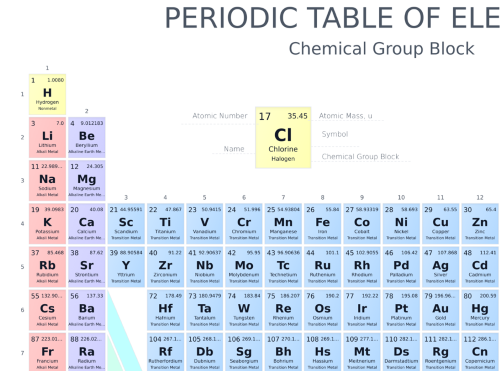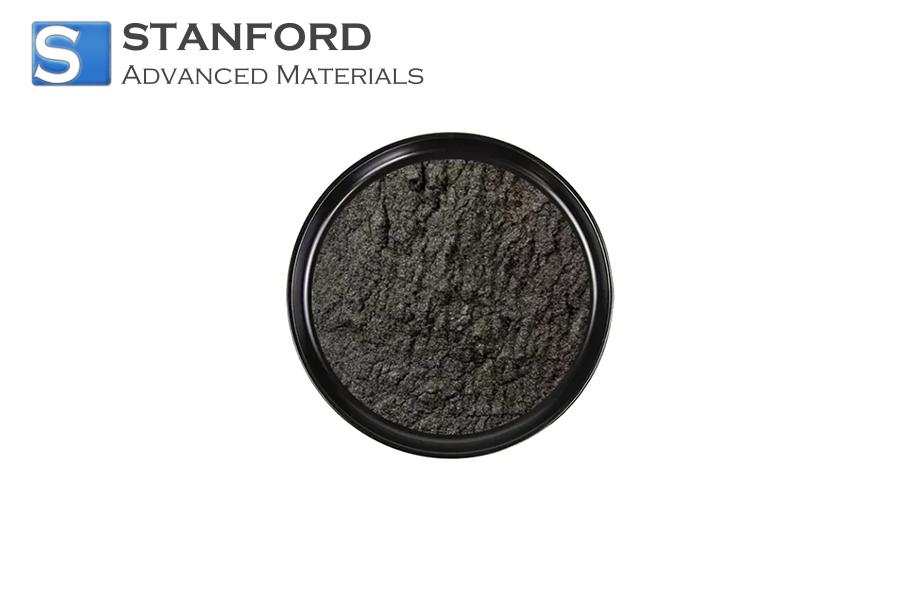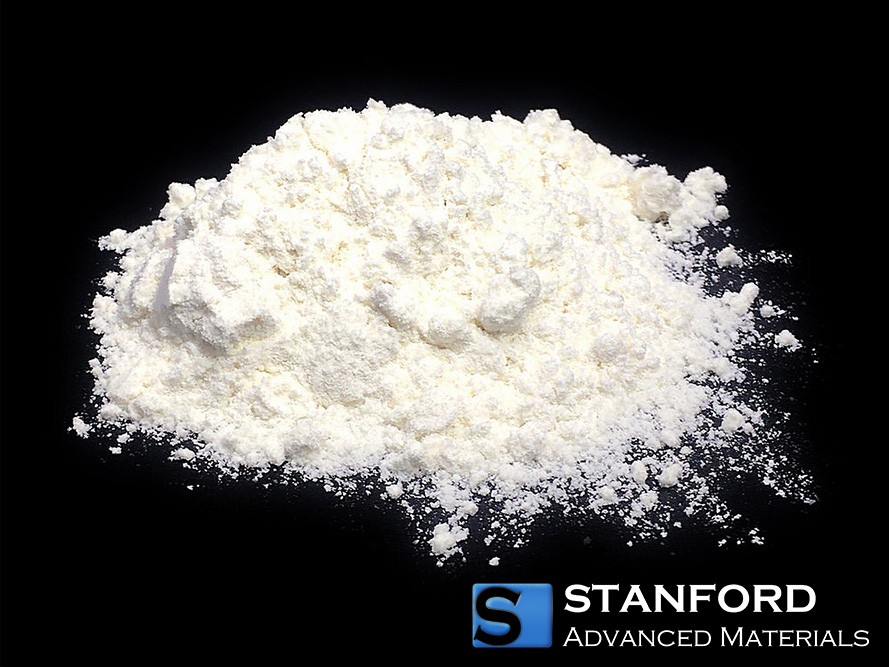Metric Prefixes: Conversions And Common Examples

Metric Prefix Conversion Table
|
Prefix |
Symbol |
Base 10 |
Common Examples |
|
quetta |
Q |
1030 |
- |
|
ronna |
R |
1027 |
- |
|
yotta |
Y |
1024 |
- |
|
zetta |
Z |
1021 |
- |
|
exa |
E |
1018 |
- |
|
peta |
P |
1015 |
- |
|
tera |
T |
1012 |
- |
|
Giga |
G |
109 |
- |
|
mega |
M |
106 |
- |
|
Hektokilo |
hk |
105 |
- |
|
myria |
ma |
104 |
- |
|
kilo |
k |
103 |
1 Kilometre (km) = 1 000 Metres (m) |
|
Hekto |
h |
102 |
1 Hectometre (hm) = 100 Metres (m) |
|
deka |
da |
101 |
1 Decametre (dam) = 10 Metres (m) |
|
EINHEIT |
1 |
100 |
- |
|
Dezi |
d |
10-1 |
1 Decilitre (dL) = 0.1 Litres (L) |
|
Centi |
c |
10-2 |
1 Centimetre (cm) = 0.01 Metre |
|
Milli |
m |
10-3 |
1 Millilitre (mL) = 0.001 Litres |
|
Dezimiliter |
dm |
10-4 |
1 Decimillilitre (dmL) = 0.0001 Litres |
|
Zentimilliarde |
cm |
10-5 |
1 Centimillilitre (cmL) = 0.00001 Litres |
|
µ |
10-6 |
1 Microlitre (µL) = 0.000001 Litres |
|
|
n |
10-9 |
1 Nanometre (nm) = 0.000000001 Metre |
|
|
pico |
p |
10-12 |
1 Picolitre (pL) = 0.000000000001 Litres |
|
Femto |
f |
10-15 |
- |
|
atto |
a |
10-18 |
- |
|
zepto |
z |
10-21 |
- |
|
yocto |
y |
10-24 |
- |
|
ronto |
r |
10-27 |
- |
|
quecto |
q |
10-30 |
- |
Metric Prefixes: FAQs
1. What are metric prefixes?
Metric prefixes are symbols appended to a unit to denote a multiple or a fraction of that unit. They are used in scientific and technical contexts to express quantities over a wide range of scales.
2. Why are metric prefixes used?
Metric prefixes provide a standardised method to represent numerical values. Consequently, they facilitate calculations and the precise communication of measurements across different orders of magnitude.
3. Are metric prefixes only used within the metric system?
Although these prefixes originated in the metric system, they are employed in various scientific and technical disciplines worldwide to express measurements in a precise and consistent manner.
4. How can I convert between metric prefixes?
To convert between metric prefixes, adjust the decimal point. When converting to a larger prefix, multiply; when converting to a smaller prefix, divide. For example, to convert from millimetres to centimetres, divide by 10.
Understanding metric prefixes is fundamental for accurate and standardised communication of measurements in various scientific and technical fields. For further information, please visit https://www.samaterials.co.uk/.

 Bars
Bars
 Beads & Spheres
Beads & Spheres
 Bolts & Nuts
Bolts & Nuts
 Crucibles
Crucibles
 Discs
Discs
 Fibers & Fabrics
Fibers & Fabrics
 Films
Films
 Flake
Flake
 Foams
Foams
 Foil
Foil
 Granules
Granules
 Honeycombs
Honeycombs
 Ink
Ink
 Laminate
Laminate
 Lumps
Lumps
 Meshes
Meshes
 Metallised Film
Metallised Film
 Plate
Plate
 Powders
Powders
 Rod
Rod
 Sheets
Sheets
 Single Crystals
Single Crystals
 Sputtering Target
Sputtering Target
 Tubes
Tubes
 Washer
Washer
 Wires
Wires
 Converters & Calculators
Converters & Calculators




 Chin Trento
Chin Trento



